It could have been declared the national bird of China but for its literal translation (from its Latin scientific name Grus Japonensis) of “Japanese Crane”. That red patch on its crown gave it its more popular, and shall we say non-controversial and more acceptable name — the red-crowned cranes. Among the rarest and heaviest species of cranes, many migratory cranes breed in spring and summer in Siberia and northeastern China before migrating in flocks to Korea and East-Central China to spend winter there. BUT Eastern Hokkaido — the Kushiro wetlands, in particular — is home to non-migratory red-crowned cranes. If at all, they move less than a hundred miles to their wintering grounds within Kushiro such as in Akan and in the village of Tsurui. Interestingly, Eastern Hokkaido is home to more than half of the world’s red-crowned cranes. Graceful big birds weighing as much as 20 pounds and as tall as 5 feet. We visited the Tsurui-ito Tancho Sanctuary in Kushiro to see these magnificent birds. The sanctuary was named after Yoshitaka Ito, a local farmer, who started feeding these cranes for many years. Such is Japanese farm life here.
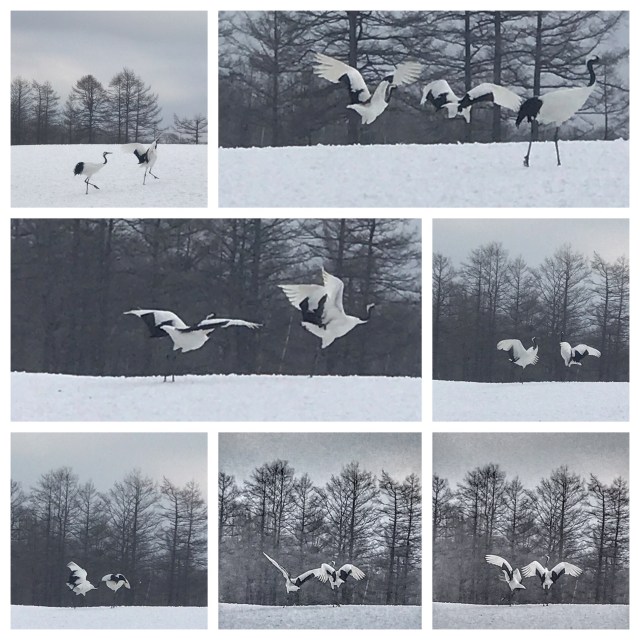
The Courtship
So why do these species of elegant birds call Kushiro their home? Within Kushiro is Tsurui-ito where a sanctuary houses as many as 1,800 red-crowned cranes. Come feeding time, you’d see some 300 of them, eager for nourishment. In the sanctuaries, the cranes live as long as 40 years. In the wilds, they live only up to 20 years average. The wetlands in Kushiro are breeding grounds to these elegant, charming birds. Volunteers in the area help maintain their breeding grounds and even feed them dent corns. The Japanese have a strong bond with these cranes which they consider to bring good luck. They also think these lovely birds bring peace and happiness. Volunteers here even attend work camps to learn and join conservation activities like creating natural feeding grounds. No wonder these cranes are non-migratory. They are so loved by the people here.
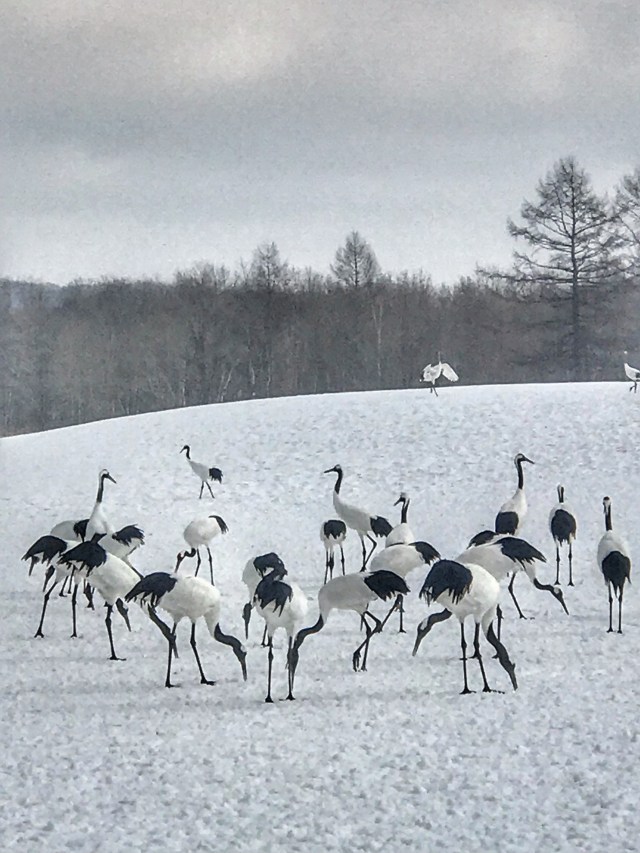
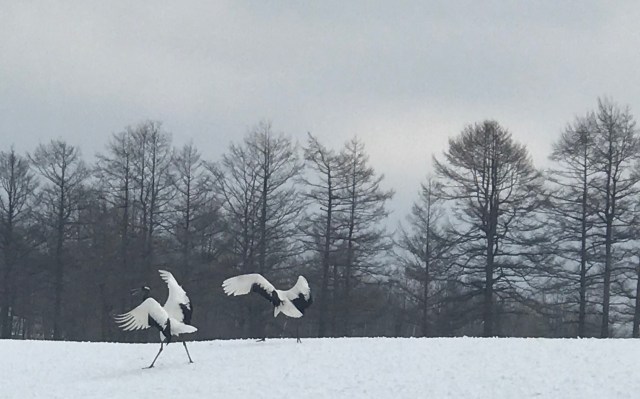
Major establishments have used the crane as their corporate logo. Japan Air Lines and Kuok Group, to name a couple. It also appeared on the old 1,000 yen bills. This is because cranes symbolise strength, long life, fidelity, purity and peace. Cranes mate for life and it is quite a spectacle to see pairs honking together, in unison, as a prelude to their “dance”. They flap their wings and perform ballet-like, graceful moves, turning, twirling, fluttering their wings as they suspend in air for a few secs, all that time crowing. And all that crowing and honking comprise Kushiro’s soundscape. The same birds have likewise become iconic images of happy relationships because crane “couples” develop strong, loyal partnerships and mate for life. Now, humans can learn from that, right? So next time we find a Japanese origami of a crane, we can now appreciate this special bond between these birds and the Japanese people. 💕
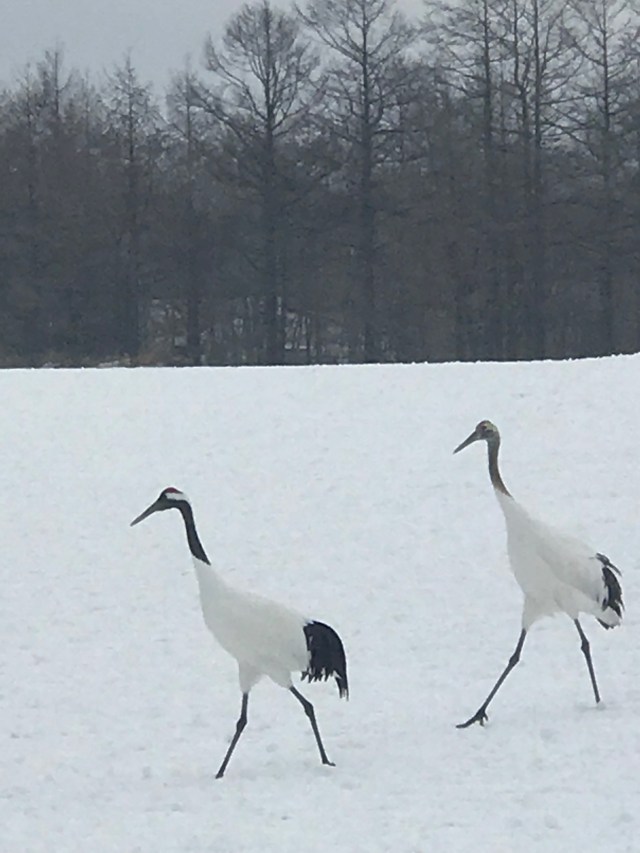



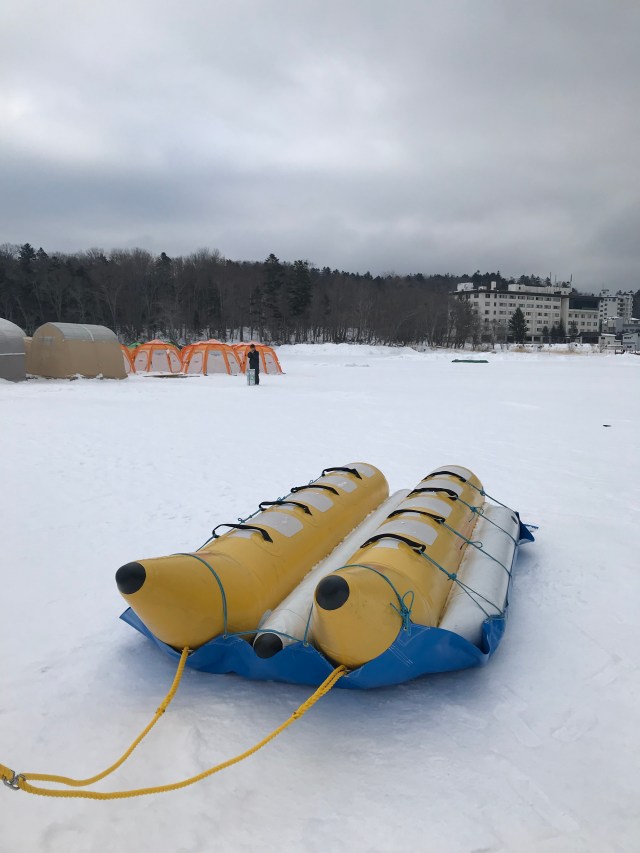
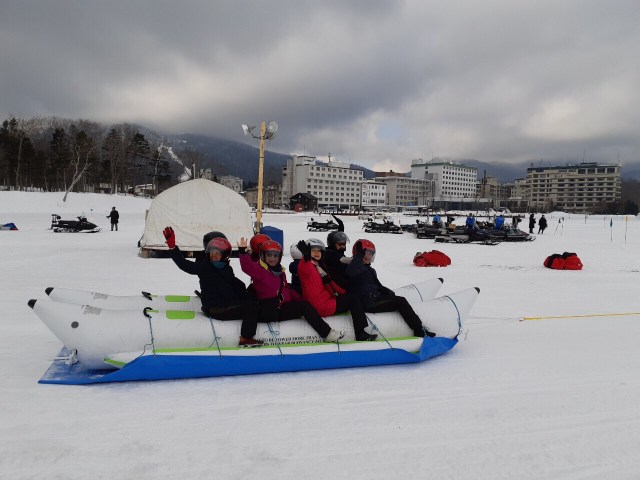
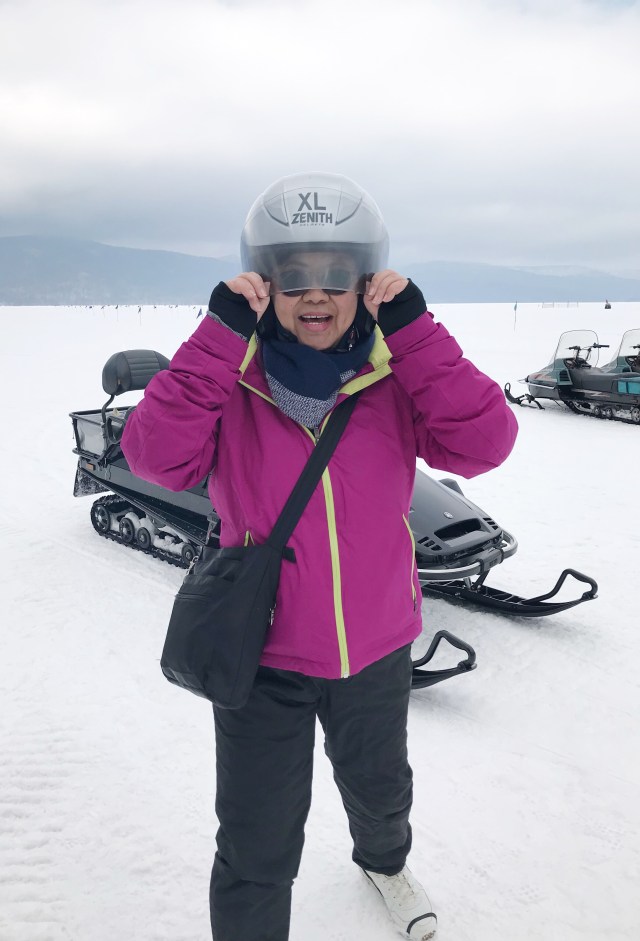
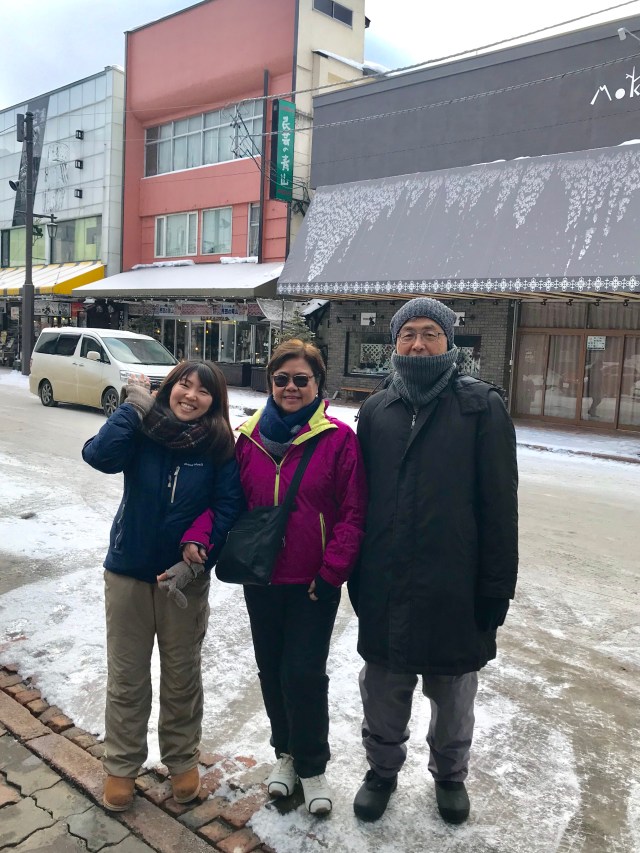
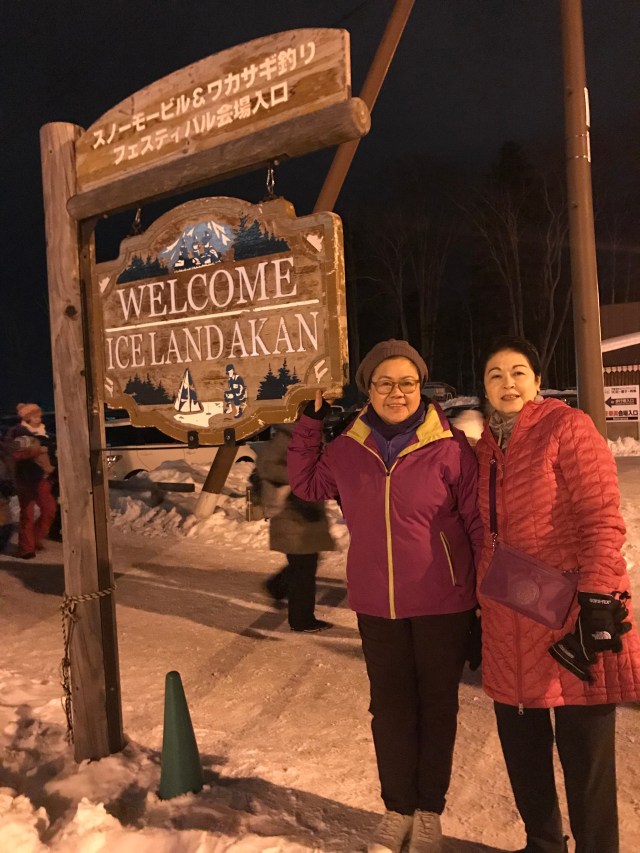

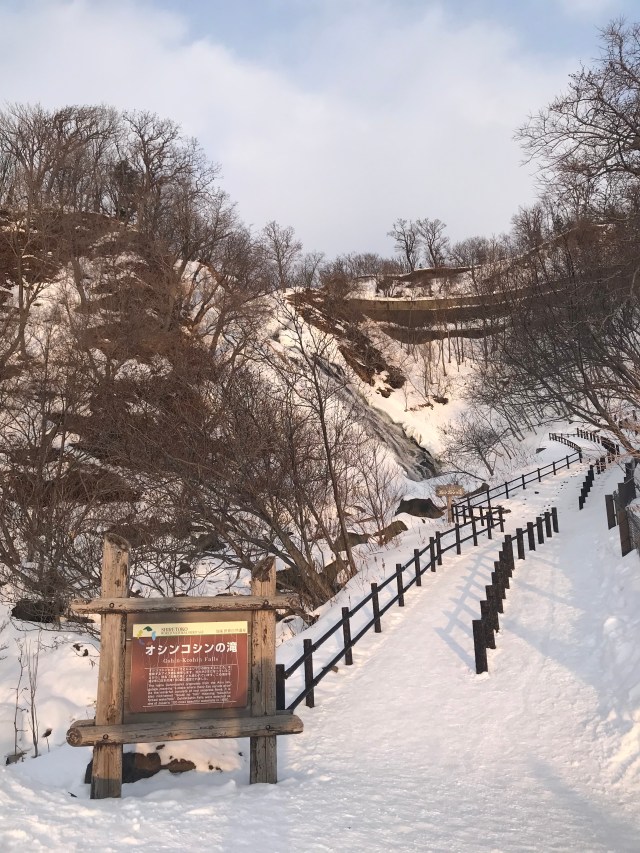
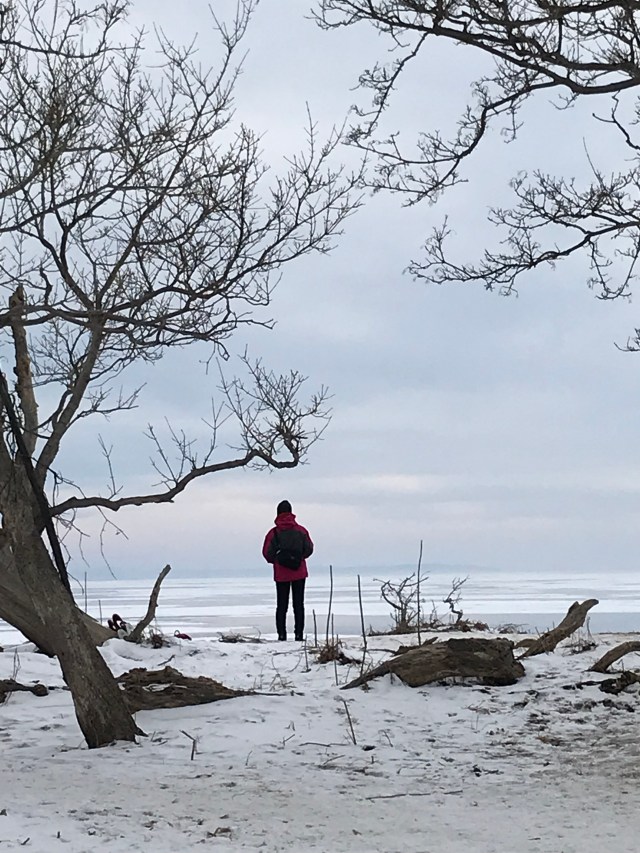

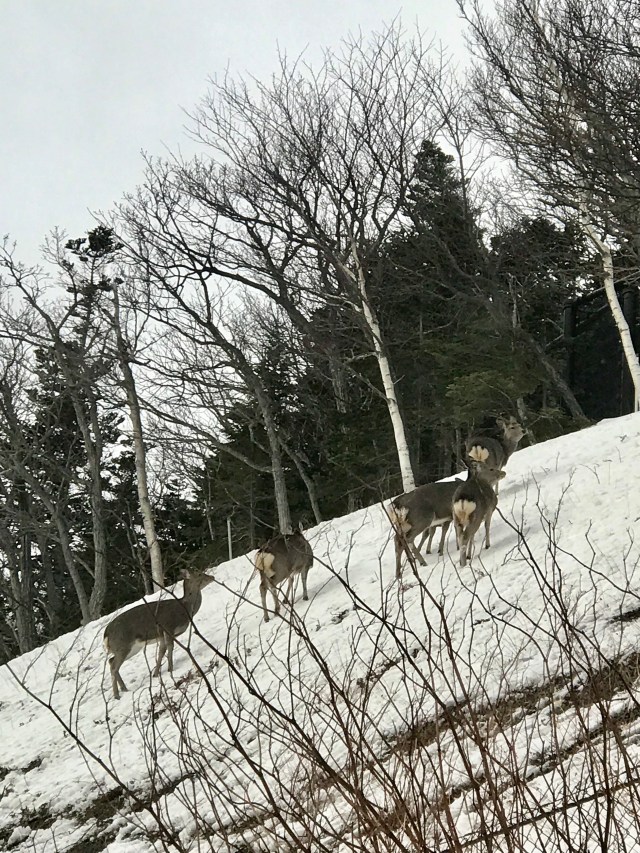
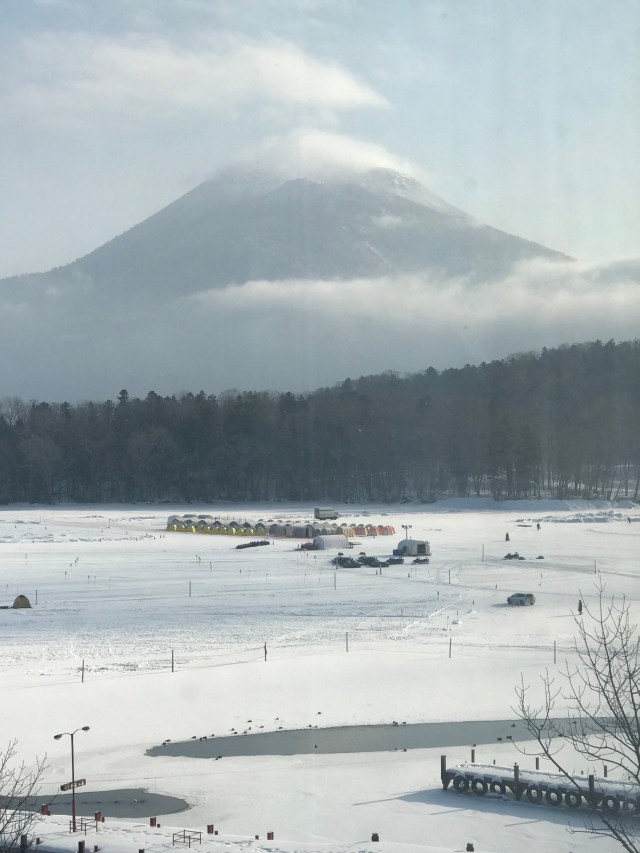


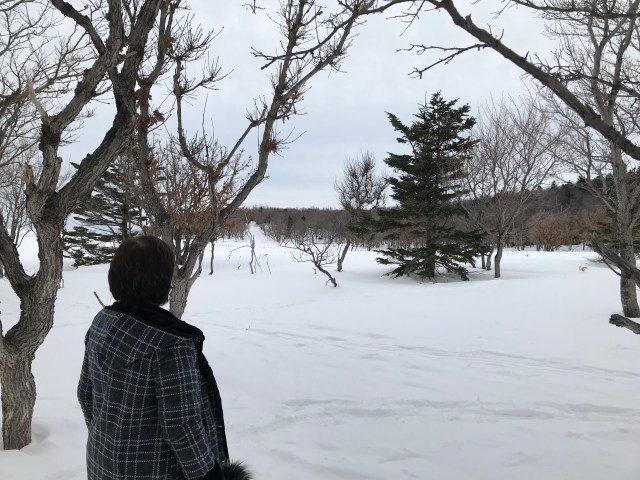
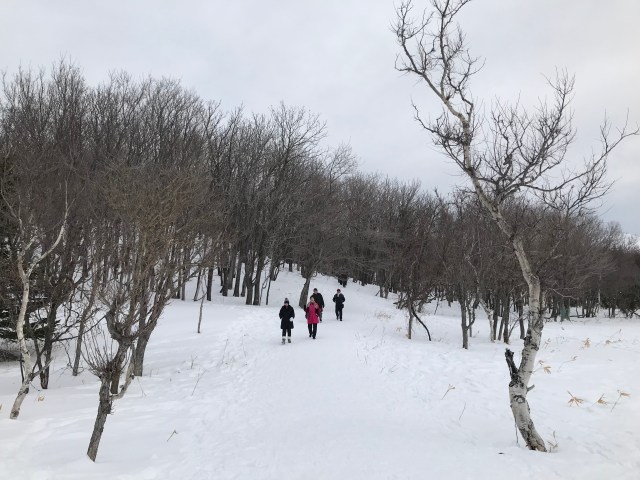
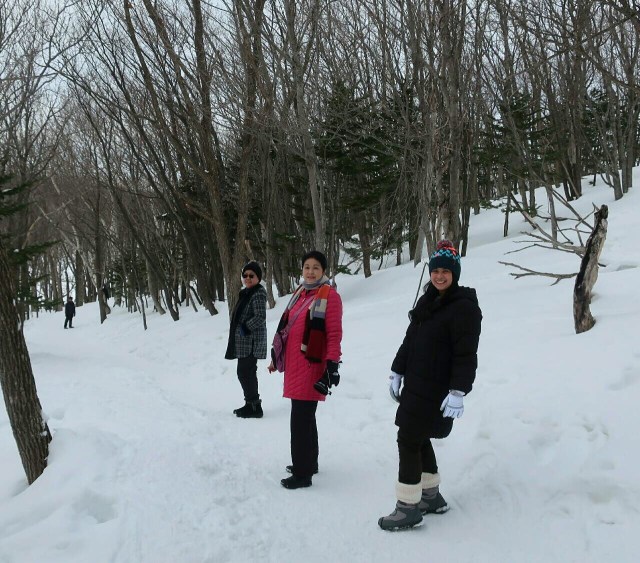
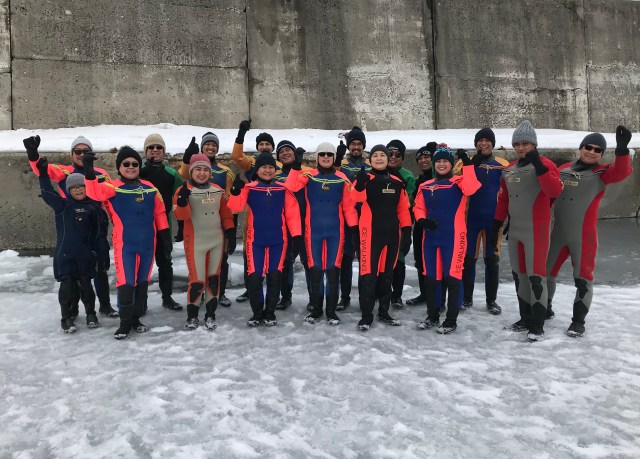

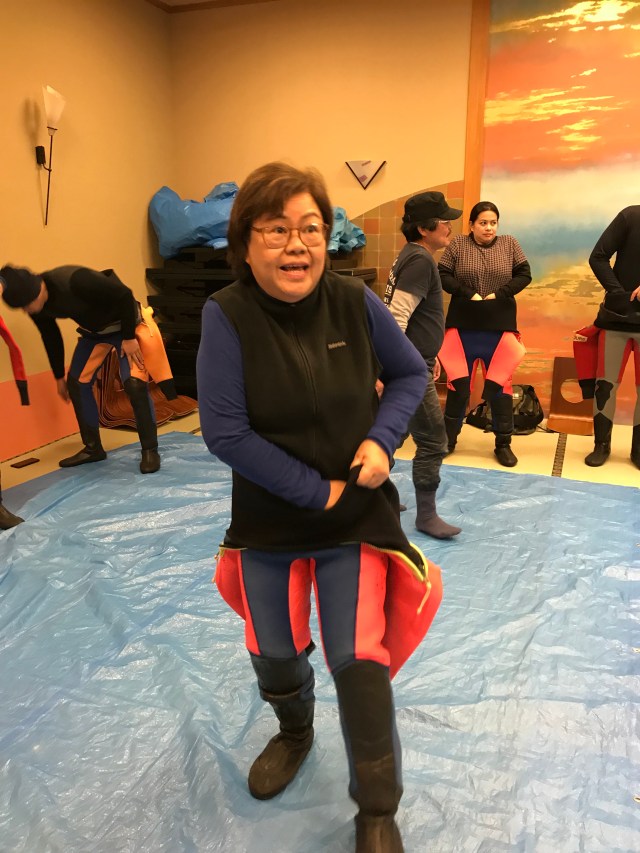
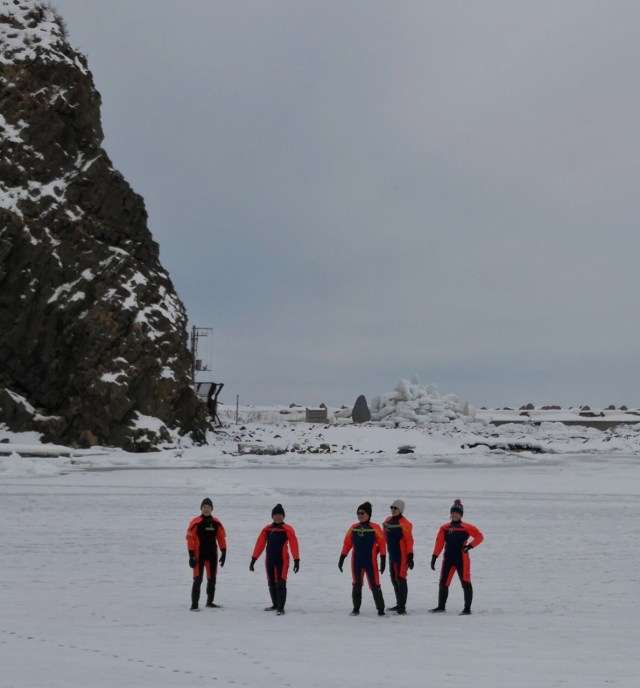
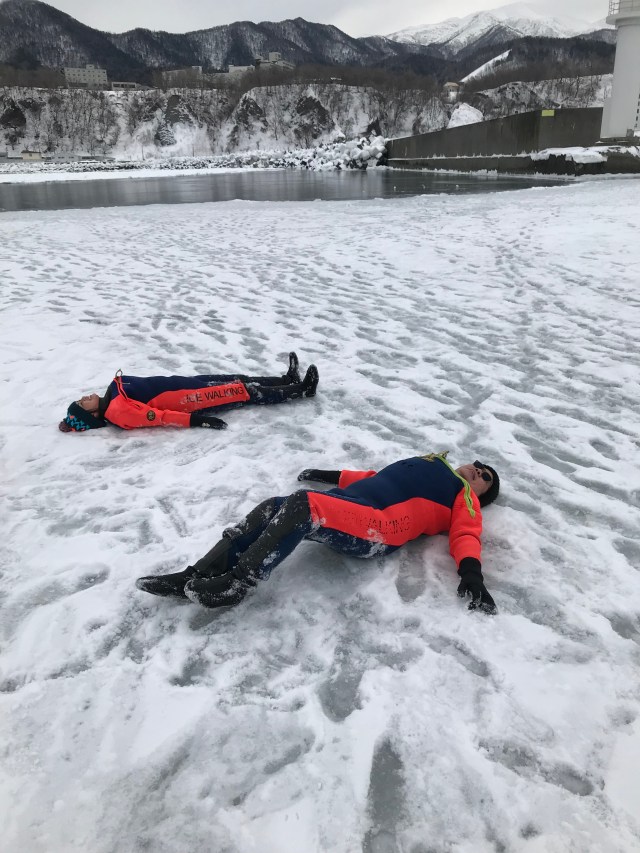
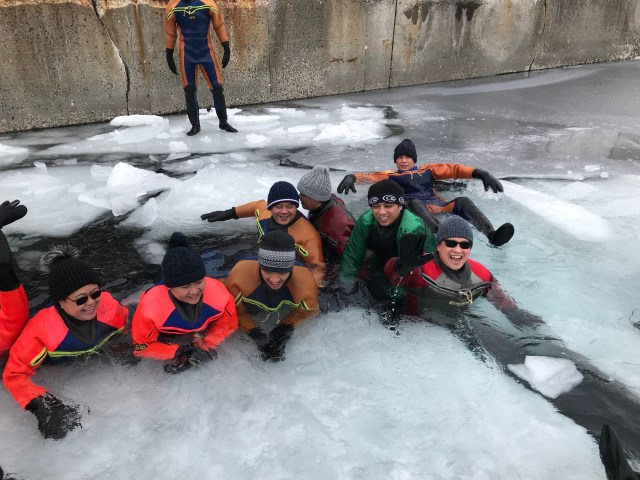
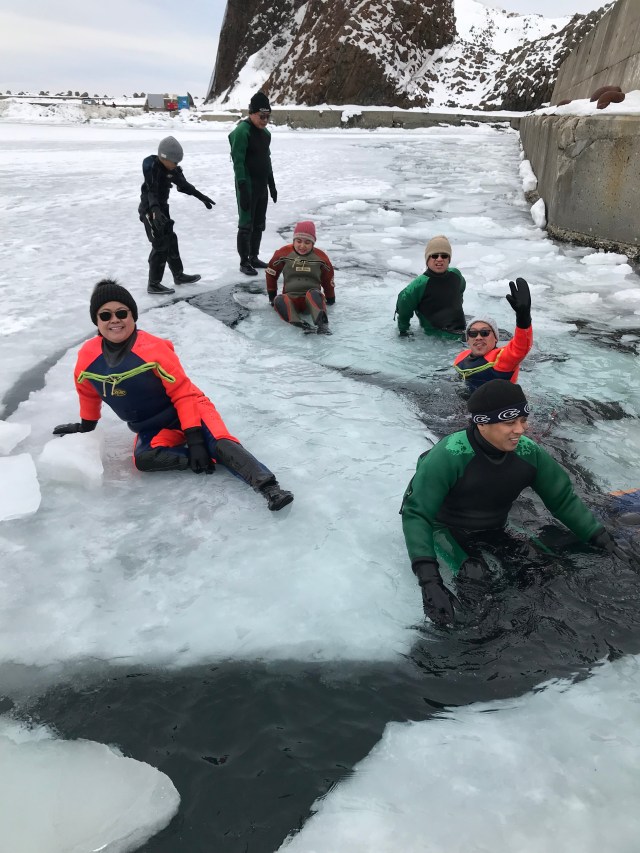




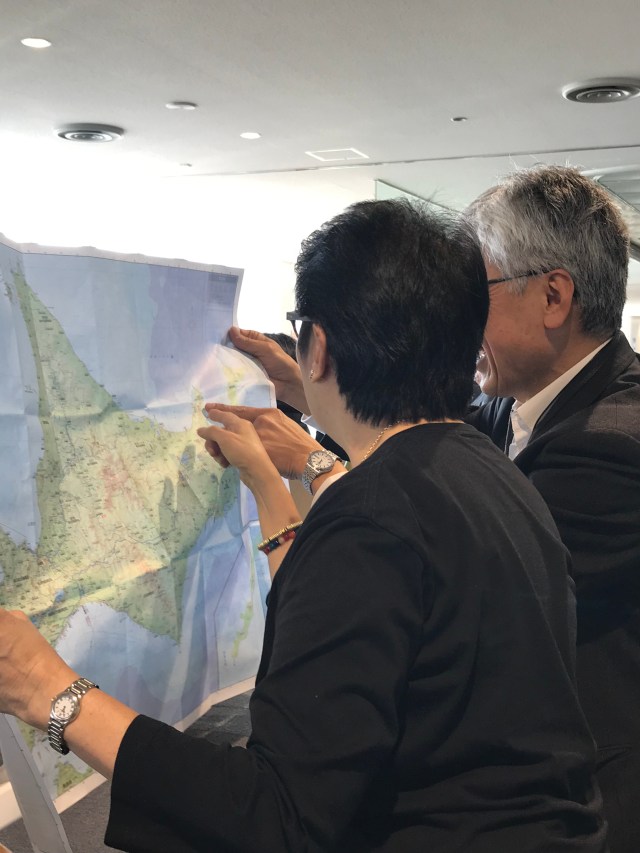
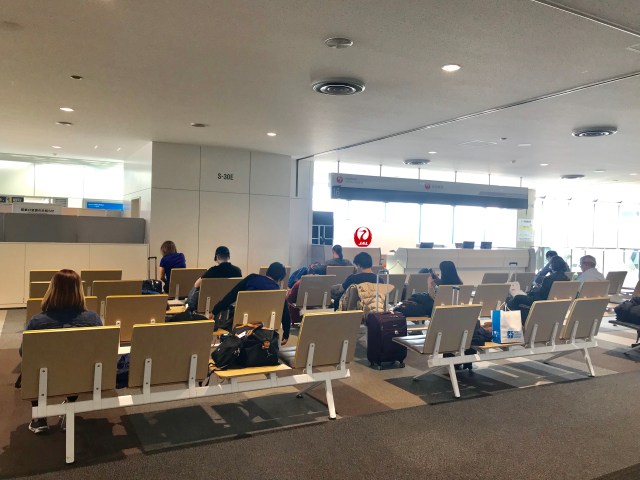
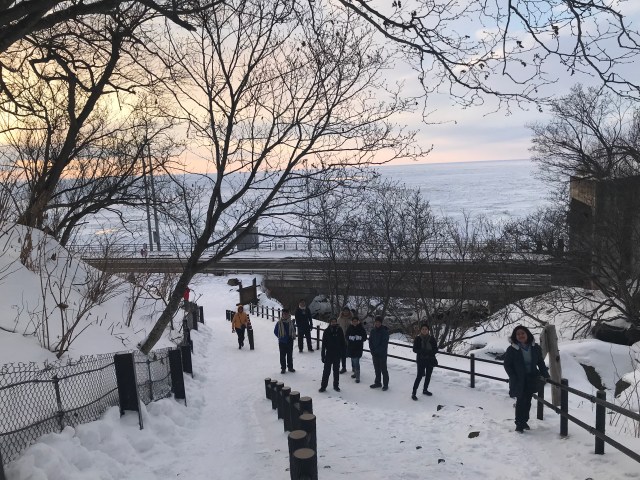



















 < strong>
< strong>







































